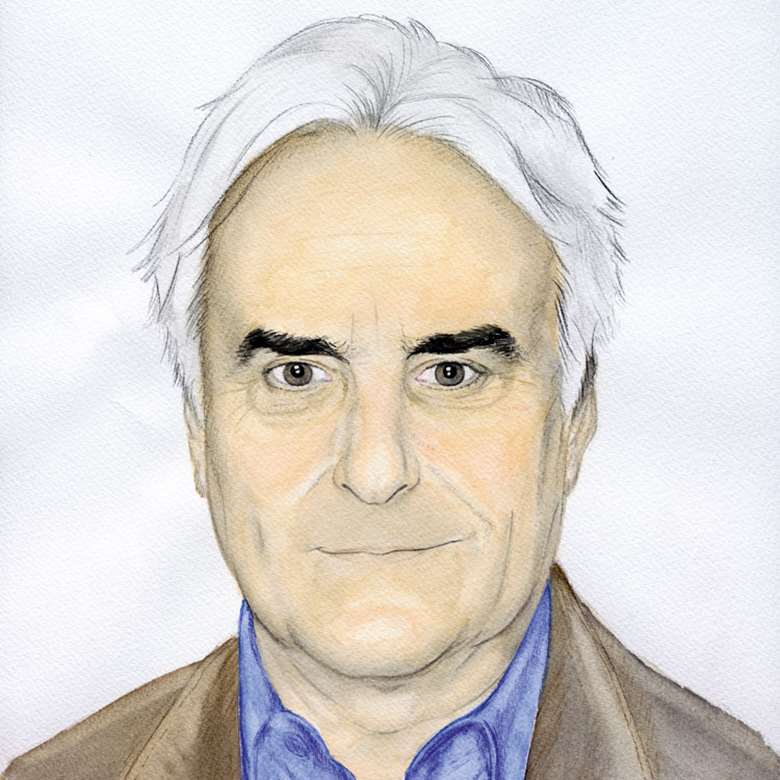The problem for film composers today
Richard Eyre
Monday, February 20, 2017
Richard Eyre, on the trials and tribulations of today's film composers

A composer friend of mine was writing a score recently for a TV series made by a prestigious US channel. There were four producers, none of whom could agree on the music. It was either too fast or too slow, not romantic enough or too romantic, not accessible enough or too ‘poppy’. They needed more here, less there, warmer, cooler. ‘I’m standing over the stove with four sous-chefs telling me what to put into the cooking pot,’ he said.
Perhaps the preparation of food is too earthy a metaphor for the process of making a film score. It more closely resembles cosmetic surgery. Here’s the process. A composer is chosen by the director in consultation with the producer. At best he or she is appointed before the film begins shooting; at worst the film is edited to quite an advanced form and the composer is appointed by the producer in collusion with the studio, with the intention of fashioning the existing film into a more accessible and marketable commodity.
Generally the first the composer sees of the film is a ‘rough cut’ and, following that screening, the director, editor and composer discuss the musical idiom and ‘spot’ the cues – ie decide where the music needs to start and finish. Almost invariably the editor will have laid up a ‘temp’ (temporary) score of a style that the director and editor feel is appropriate for the film. It will be a ragout of fragments of existing film scores, popular music, classical music, jazz, or anything that comes to hand that fits the mood. And here’s the problem: by this stage of the editing process the director, editor, producers and studio will have become attached to the temp score and will require the composer to imitate or emulate it. The result will often be a pastiche of the temp score, which may in turn be a pastiche of another temp score, which is likely to be a pastiche of an assortment of 20th-century composers – Strauss, Mahler, Ravel, Delius, Barber, Glass, Pärt and so on.
Occasionally directors become so infatuated with the temp score that they reject the music written by the film’s composer. Alex North wrote a score for Kubrick’s 2001, not a note of which appeared in the finished film. Instead there was Strauss (Johann), Strauss (Richard) and Ligeti. Kubrick used classical music in many of his films inventively and mischievously – Beethoven, Rossini and Purcell in A Clockwork Orange, Bach, Vivaldi, Mozart, Schubert and Handel in Barry Lyndon – but he never fell into the trap of using classical music to provide specious seriousness and sanction bad art. The most egregious example of this is Oliver Stone’s Platoon, a callow film brimful of sententious rubbish about the first casualty of war being innocence and about finding meaning in the lives of American servicemen while the lives – and deaths – of the Vietnamese are ignored. This meretricious farrago is accompanied by the plangent repetition of Barber’s Adagio for Strings.
Most films are like 19th-century theatrical melodramas, which were emotionally heightened stories, often thrillers, in which all the action was accompanied by music that indicated to the audience where to feel sad, happy or anxious, and momentum was provided by what Dickens called ‘hurry’ music. There was no great respect shown for the composer of this incidental music: ‘The music man at the theatre,’ said Bernard Shaw brutally, ‘seldom counts for more than a useful collage of the gas man.’
In film, however, the incidental music sometimes buoys up a film that would sink without it, as Maurice Jarre’s score does for Doctor Zhivago. The marvel of film music is that, for all the often brutish background to its commissioning and application, there are many marvellously orchestrated film scores that still feel fresh – Max Steiner’s score for Gone With the Wind, Bernard Herrmann’s scores for Citizen Kane and Vertigo, Elmer Bernstein’s score for The Magnificent Seven, Leonard Bernstein’s for On the Waterfront, Nina Rota’s scores for Fellini and the Godfather films, Ennio Morricone’s for One Upon a Time in the West, and many contemporary composers who brilliantly blend existing popular music with mood-enhancing sounds, and others who combine the vocabulary of electric music with instruments like ouds, marimbas, tablas and duduks to create an atmospheric and rhythmically inventive fusion.
It can be thrilling to watch a film with no music – just dialogue and sound effects. Lars von Trier’s Breaking the Waves is such a film and watching it is like being invited to listen to nature itself. The corollary of that experience is to watch a silent film with a live accompaniment. For the showing of Abel Gance’s film Napoleon, Carl Davis compiled a score of music contemporaneous with Napoleon – Beethoven, Haydn, Schubert – stitched in with his original music and some that Honegger wrote for the first screening in 1927. Having all dialogue and effects rendered into music, played by a symphony orchestra and conducted by Davis, created a monumental effect. It was a synthesis of sound and image that would have made Wagner a happy man. G
The article originally appeared in the August 2011 issue of Gramophone. To find out more about subscribing to Gramophone, visit: gramophone.co.uk/subscribe







